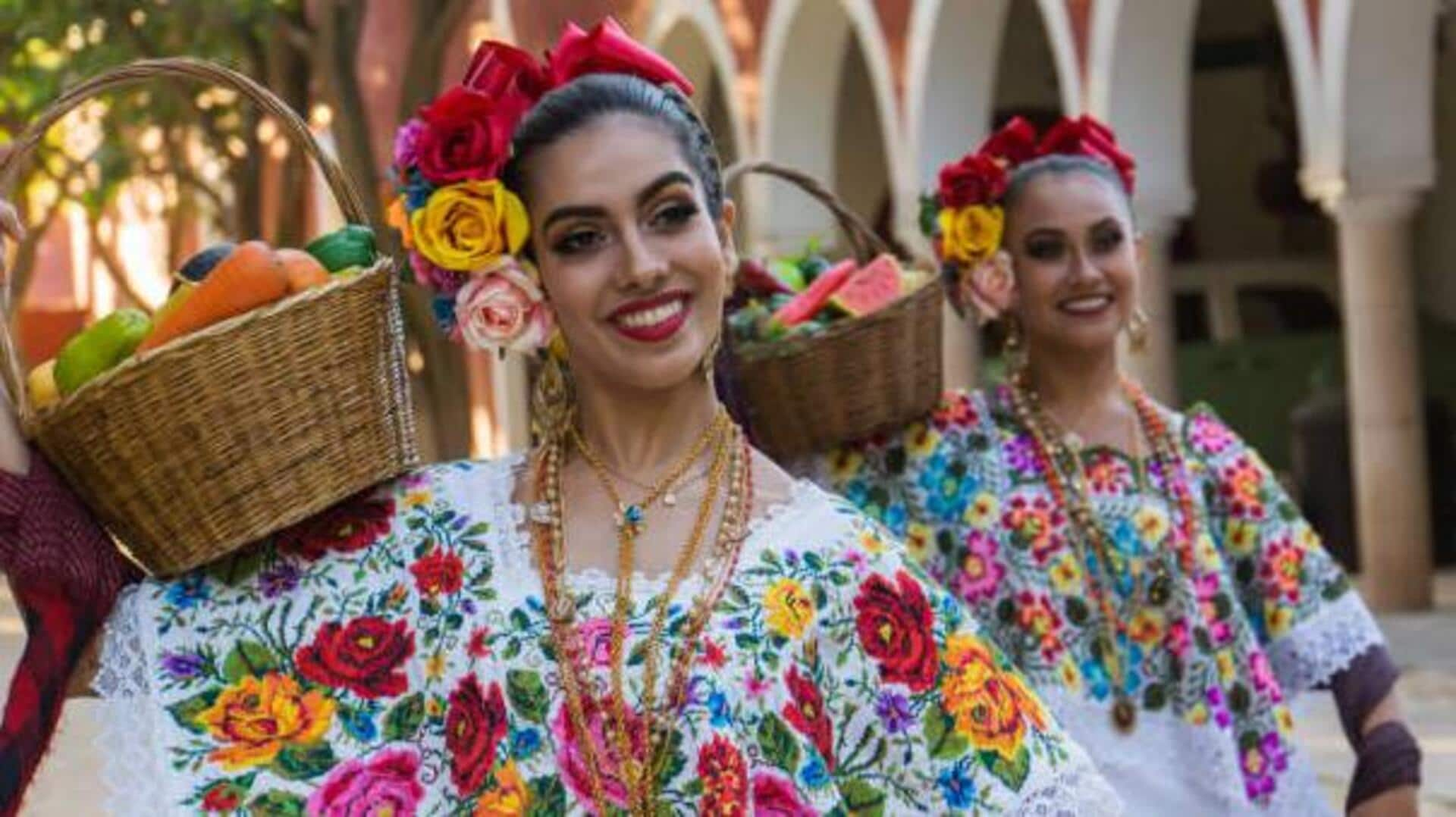The Mexican huipil , deeply rooted in the country's indigenous cultures, is a vibrant testament to Mexico 's heritage. This article explores the huipil 's history, its modern fashion significance, and practical advice for integrating this piece into contemporary wardrobes. By examining the intersection of tradition and modernity, we reveal how the huipil continues to inspire and resonate across cultures.
The huipil's historical tapestry Originating from pre-Columbian times, the huipil is more than just an item of clothing; it is a canvas narrating stories, beliefs, and identities. Traditionally handwoven by women, each huipil reflects the specific cultural nuances of its region through colors, patterns, and motifs. These garments serve not only as everyday attire but also play crucial roles in ceremonies and rites of passage.

A symbol of identity and resistance In contemporary times, the huipil has emerged as a powerful symbol of identity and resistance against cultural homogenization. It embodies a tangible connection to the ancestral roots of many Indigenous communities. Moreover, fashion designers have started to weave huipil -inspired elements into their collections, highlighting its enduring relevance and versatility within modern fashion landscapes, thus celebrating its rich cultural significance.
Integrating tradition with modern wardrobes Incorporating a huipil into your wardrobe serves as both a style statement and an act of cultural appreciation. To achieve a casual.
















